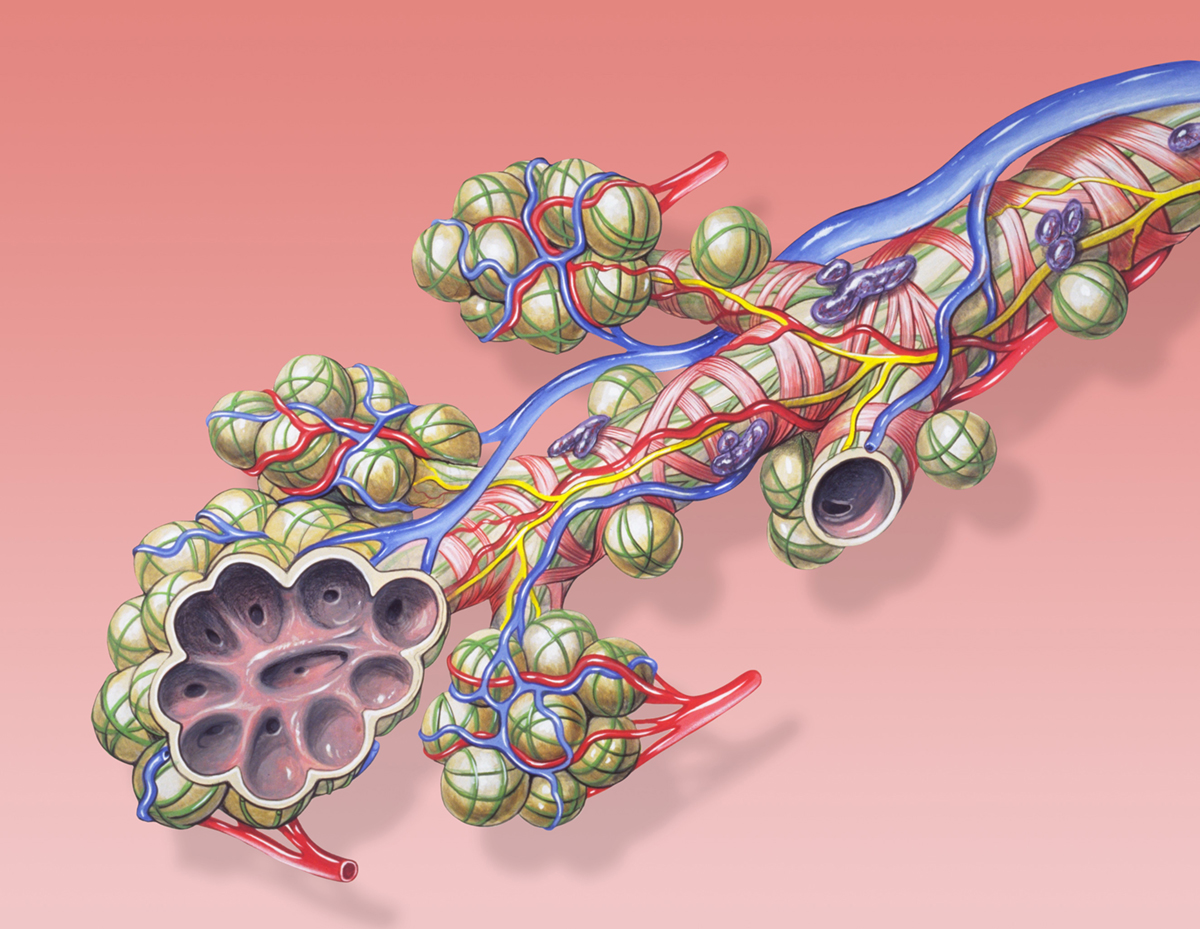
Tachypnea
Tachypnea is defined as increased breathing speed, above the standard respiratory rate of 14 to 20 inhales per minute. Tachypnea increases the so-called minute ventilation and also, if the inhale volume is smaller, tachypnea only compensates for decreased air volume, which is used in each respiration cycle. Patients that already have some lung condition (lung fibrosis, elevated diaphragm, pleural pain etc.) sometimes breathe superficially and fast (tachypnea). Some patients compensate by increasing the minute ventilation to adjust to bigger air exchange, which is needed in physical activity, when the body temperature is high, in hyper metabolic conditions, during excitement, etc.
Conditions that have tachypnea as the symptom
There are several conditions that have tachypnea as a symptom. Bronchial asthma happens because of obstruction in breathing pathways, which is fortunately, reversible. This obstruction happens because of the allergens and some other substances, which means that the causing factors are pollen, mites, animal hair, medications, food, industry chemicals, and others. Infections of breathing passages are one of the main causes of asthma. Patient cannot speak without losing breath, tachypnea emerges with more than 28 inhales in a minute. Cianosis is also present, dyspnea too, whizzing, coughing, tachycardia, and systolic paradox, which is decreased blood pressure in the inhale stage of breathing. Depending on the asthma intensity, different medication therapies are used.
Pneumonia also includes tachypnea as a symptom and it is an inflammation of the lung tissue. Different causes can lead to tachypnea in pneumonia, which can be caused by a virus or bacteria, but high temperature is always present, and there are also exhaustion, heavy breathing, and dyspnea.
Tachypnea is also present in pleuritis, inflammation of pleura, inflammation of diaphragm, several types of intoxication etc. Actually, in almost each condition that includes damaging respiratory system in any possible way (physical trauma, infection, both viral and bacterial, inflammation, psychological conditions such as panic attack, intensive physical activity etc.) tachypnea occurs. The only situation when tachypnea is normal and does not need therapy is while exercising, because when exercise is finished, breathing will slowly return to a normal state. Trained, professional sportsmen need a lot more physical exertion in order for tachypnea to start.
Treatment depends of the cause of tachypnea, meaning that the underlying condition has to be treated first, in order to subdue tachypnea and return the breathing process into a normal state. With this said, there are numerous treatments and therapies, each one being different and specialized in dealing with the mentioned underlying cause. Of course, if the underlying condition is serious and dangerous, tachypnea has to be subdued quickly and effectively.




,-Asthma-And-Anxiety_f_280x120.jpg)
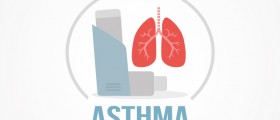




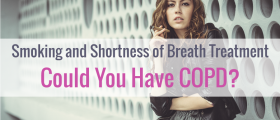
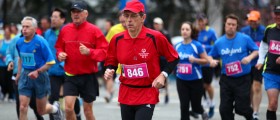


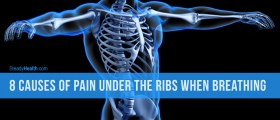

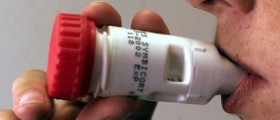
Your thoughts on this
Loading...